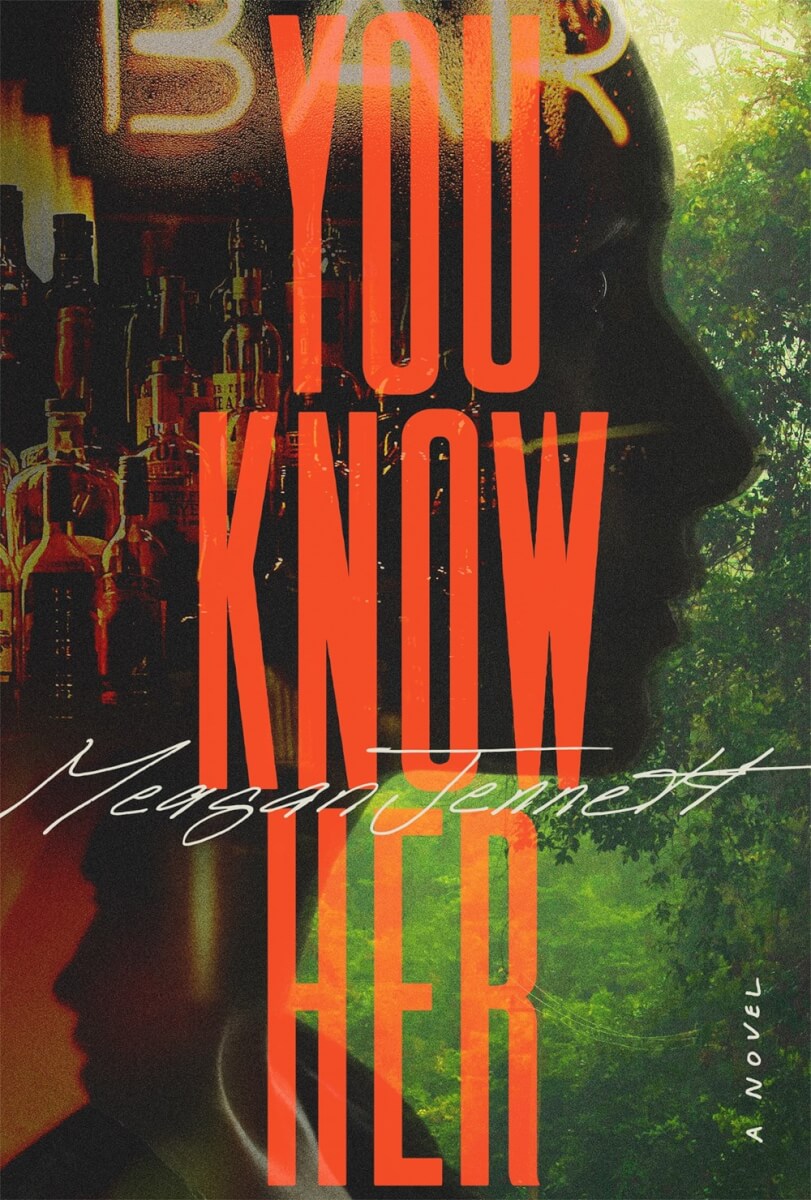The Final Curtain
For those of you who have followed Keigo Higashino’s Kyoichiro Kaga series since its inception, I bear sad tidings: The fourth installment in the series, The Final Curtain is also its last. If you haven’t read the previous three, don’t fret; the author brings you up to speed on everything you need to know in order to fully appreciate Tokyo Police Detective Kyoichiro Kaga’s final case. The story, partly told in flashbacks, explores the possible connections between a pair of present-day murders and the strange disappearance of Kaga’s mother, Yuriko Tajima, who vanished when he was a teenager. Kaga didn’t hear a peep from or about her until he was summoned to pick up her ashes from a club owner who had once employed her. As a longtime police detective, Kaga dislikes unanswered questions by nature, particularly when the questions are ones that have haunted him since childhood. But the mystery of his mother’s disappearance has persisted. Ten years later, however, another woman dies in an eerily similar manner: alone in an apartment, far from home. The narrative is complex and there are many names to keep track of, requiring the full attention of the reader; that said, Higashino has thoughtfully provided a list of characters at the beginning of the book. Japanese police investigations unfold in a rather different way than their counterparts in the West, which adds a layer of novelty for those who aren’t familiar with the series on top of the satisfaction of watching a clever, methodical detective get the job done.
The Fourth Rule
The fourth entry in Jeff Lindsay’s popular Riley Wolfe series, The Fourth Rule finds the thrill-seeking thief considering a heist of epic proportions: stealing the Rosetta stone from the British Museum. Never mind that it weighs the better part of a ton and is likely the most heavily guarded treasure in the U.K. after the crown jewels. This would be an over-the-top caper for even the most cunning James Bond villain, but for Riley, it actually borders on the believable. As he smugly notes early on in the narrative, “It’s just me, alone on top . . . Riley Wolfe, top of the heap, the best there ever was. End of discussion.” Um, hubris much? And we all know what happens to people in the iron grip of hubris. Comeuppance, that’s what happens. The grander the self-aggrandizement, the grander the comeuppance. Despite all this, Riley is something of a realist, mostly obeying the rules—Riley’s Laws—he has set out for his life of crime. Riley’s Fourth Law states: “Even if you’re the best there is, watch your back. Because somebody better is coming.” This rule should probably doubly apply when an attractive stranger enters the picture, but hey, even Achilles had a heel, right? The Fourth Rule offers up a tasty combination plate of humor, deception, suspense and villainy—and that is just on the part of the protagonist. Wait until you meet the villain(s).
Murder Crossed Her Mind
Ace private investigator Lillian Pentecost and her sidekick Willowjean “Will” Parker are back in Stephen Spotswood’s fourth mystery starring the duo, Murder Crossed Her Mind. The year is 1947; the location is New York City. The pair has been hired to look into the disappearance of retiree Vera Bodine, who has embarked on a late-in-life mission to expose Nazis hiding in postwar America, an uncommon and dangerous avocation for an 80-year-old. Bodine is reputed to have a photographic memory, and there are some villainous characters who would like to pick her brain or silence her forever. Perhaps both. Lillian, the senior member of the duo, has been somewhat sidelined by advancing multiple sclerosis, but she is as intuitive (and as crusty) as ever. She may do most of her detecting from an armchair these days, but she’s still very invested in securing the well-being of the heroic yet vulnerable Bodine. Will is the action figure, the Archie Goodwin to Lillian’s Nero Wolfe; like Goodwin, she is the narrator (and also like Goodwin, she’s a smartass). The feel is very much of the period in terms of lexicon, fashion and all the other minutiae that make for authentic storytelling. However, as Will and Lillian are both women and Will is gay, they have different perspectives on life as hard-boiled detectives in the 1940s than their forebears in the genre.
★ The Other Half
I have long been a fan of English bad-boy writers of the mid-20th century: Kingsley Amis, et al. There is something about the boredom and superficiality of the posh and their hangers-on that appeals to my decidedly middle-class upbringing, and their humo(u)r is of the understated but wickedly delicious variety that I could feast on for hours. Fast forward to 2023, and their spiritual heir—or I should say heiress—is Charlotte Vassell, author of The Other Half, an equal parts modern and traditional English murder mystery chock-full of the rudderless overprivileged, trendy social media influencers and those drawn inexorably to their flame. As the book opens, socialite Rupert Beauchamp is hosting a somewhat ironic 30th birthday party for himself: replete with coke (not of the capital-C variety) and champagne—at McDonald’s. He is about to finish things with his girlfriend, Clemmie, and throw her over in the hopes of winning his longtime inamorata, Nell, who, it must be said, is less than thrilled with that prospect. When Clemmie turns up murdered the following morning, the partygoers comprise the primary suspect pool. Unsurprisingly for regular readers of mystery novels, everyone has an alibi, but trust detective Caius Beauchamp (no relation to Rupert, which becomes something of a running joke) to get to the bottom of things. Blisteringly funny, full of twists and turns, and featuring a cast of characters you will love to loathe, The Other Half deserves to be on your “read now” list.


























































